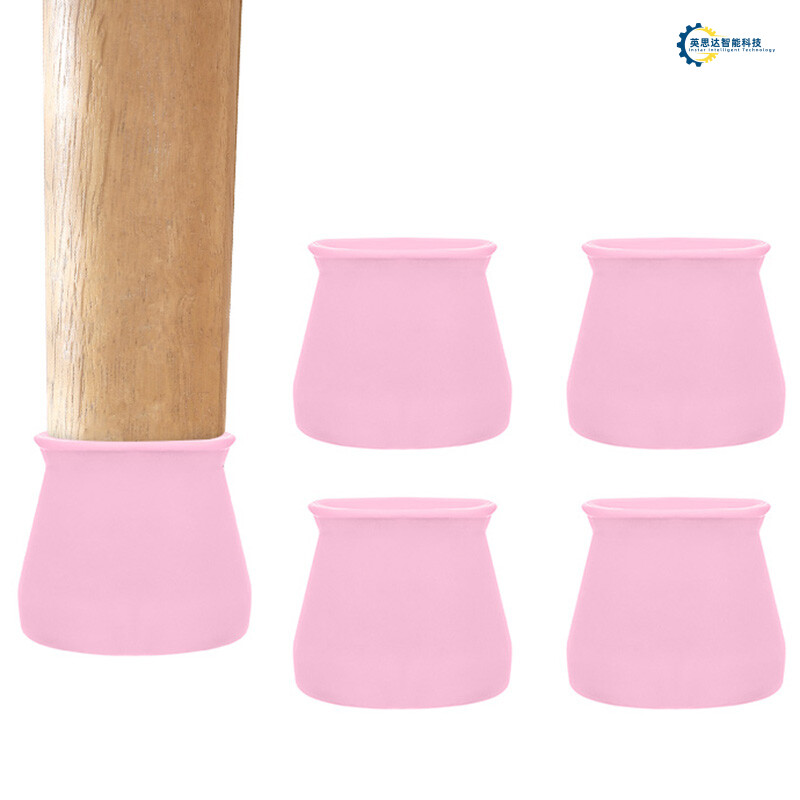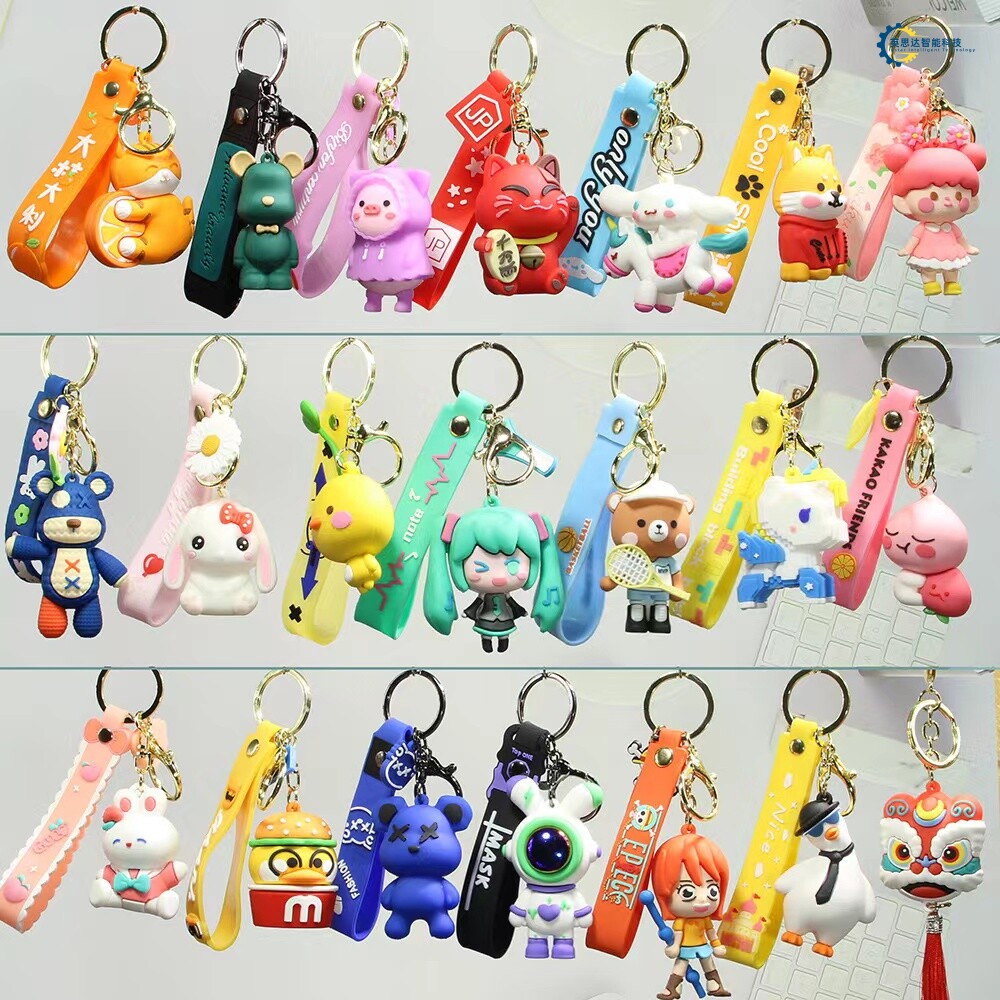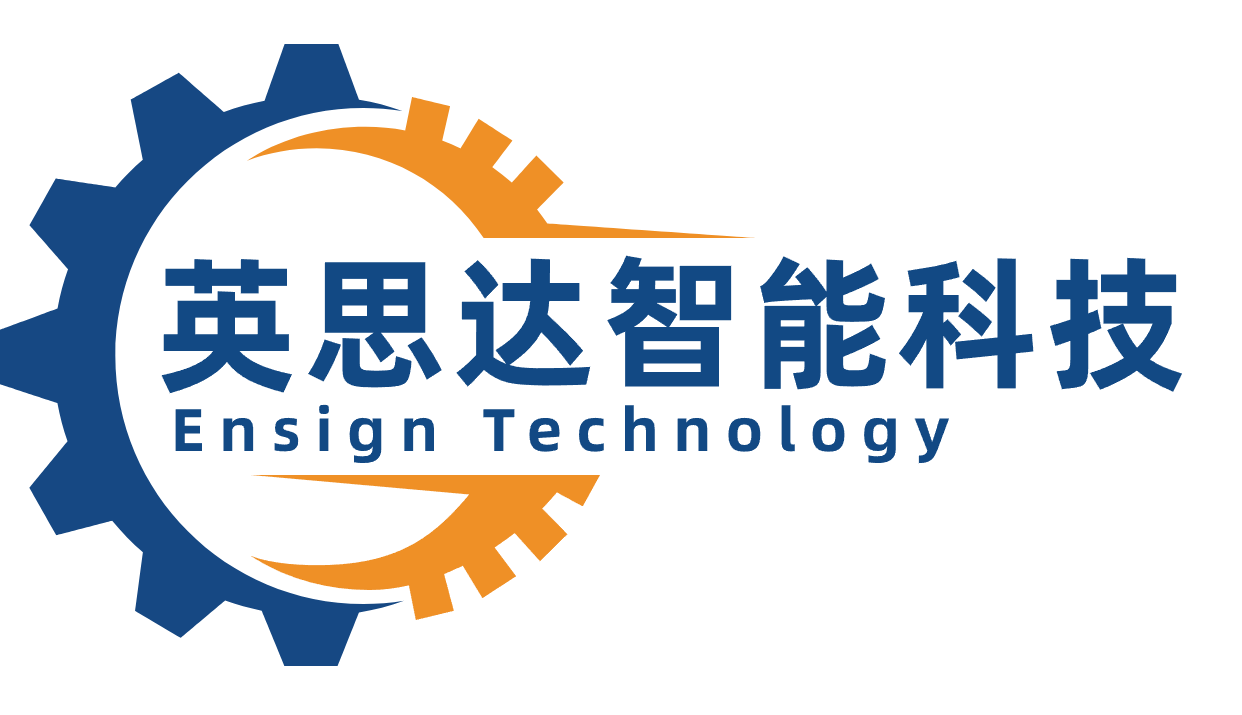Key Takeaways
Let’s face it: PVC rubber patch machines are the unsung heroes of industrial bonding—like duct tape’s fancy cousin who went to MIT. These machines don’t just stick things together; they’re the ultimate matchmakers for materials, ensuring automotive parts, construction panels, and even that suspiciously heavy factory conveyor belt stay glued like a toddler’s craft project. But how? Let’s break it down without putting you to sleep.
Fun fact: If these machines had a motto, it’d be “Bond. Strong Bond.” (Yes, we’re imagining a tiny machine in a tuxedo saying this.)
First off, advanced adhesion technology isn’t just a buzzword. Picture a robot chef perfectly layering lasagna noodles—except instead of pasta, it’s molten PVC rubber, and instead of cheese, it’s industrial-strength glue. The result? A bond so tough, even your nosiest coworker can’t pry it apart during lunch break gossip.
For durable repair solutions, think of these machines as the ER doctors of the automotive world. When a truck’s tire liner gets a gash bigger than your last parking ticket, the patch machine swoops in. No stitches, just heat, pressure, and a dash of “how’s that for a Band-Aid?” efficiency.
Now, let’s talk efficient production processes. Imagine a machine that works faster than a caffeinated squirrel but with the precision of a brain surgeon. Automated feeders? Check. Temperature controls sharper than your aunt’s side-eye at Thanksgiving? Double-check. These systems don’t just save time—they save your boss from turning into a stress-ball by 3 PM.
Pro tip: If your factory floor still uses manual patching, you’re basically handwriting emails in a Zoom world. Upgrade or risk becoming industrial history.
And for the construction sector, precision isn’t just nice—it’s non-negotiable. One wrong move and your “weatherproof” roof seal becomes a DIY waterfall feature. PVC patch machines ensure every bond is tighter than your gym buddy’s grip on New Year’s resolutions.
So, whether it’s cars, buildings, or gadgets you didn’t know existed, these machines are the glue (literally) holding industries together. Just don’t ask them to fix your sandwich—they’ve got standards.

PVC Rubber Patch Machine Applications
If PVC rubber patch machines had a dating profile, their “interests” would include long walks through factory floors, moonlighting as superheroes for cracked conveyor belts, and saving industries from awkward material breakups. These machines are the unsung heroes of industrial bonding, sticking things together so well even duct tape would blush.
Let’s break it down:
- Automotive Drama: Imagine car tires throwing tantrums mid-road trip. PVC patch systems swoop in like therapy for rubber, bonding treads and seals with the precision of a toddler gluing glitter to a birthday card—messy but effective. Bonus: they handle engine gaskets like a pro, ensuring your car doesn’t impersonate a smoke machine.
- Manufacturing Mayhem: When factory equipment starts falling apart faster than a discount store umbrella, these machines apply patches tougher than a Monday morning. Advanced adhesion technology means repairs last longer than the average New Year’s resolution.
- Construction Chaos: Ever seen a roofing membrane throw a fit during a storm? PVC bonding tech slaps on patches that laugh in the face of hailstones. It’s like giving buildings a waterproof onesie.
| Industry | Problem Solved | Patch Personality |
|---|---|---|
| Automotive | Leaky gaskets, tire splits | “Overachieving Gym Rat” |
| Manufacturing | Cracked conveyor belts | “Relentless Duct Tape Fanatic” |
| Construction | Roofing leaks, pipe cracks | “Overprotective Raincoat” |
But here’s the kicker: while these machines work harder than a caffeine-addicted intern, they’re sneakily efficient. No coffee breaks, no complaints—just precision material bonding that keeps production lines smoother than a buttered slide. Next time you see a patched-up tire or a leak-free roof, tip your hat to the PVC rubber patch machine. It’s basically the industrial version of “hold my glue gun.” 🎯
Advanced Adhesion Technology for Industrial Bonding
Let’s talk about glue—but not the kind your kid uses to stick macaroni to construction paper. Oh no, we’re diving into the PVC rubber patch machine world, where industrial bonding is less “arts and crafts hour” and more “science fiction meets heavy machinery.” Imagine a machine that’s basically the lovechild of a laser-guided robot and a super-sticky octopus. That’s your average advanced adhesion tech in action.
How does it work? Think of it like a ninja wedding planner: precise, fast, and obsessed with making things stick together forever. These machines use thermal activation or chemical bonding to fuse materials with the kind of commitment usually reserved for reality TV couples. The secret sauce? A combo of heat, pressure, and proprietary adhesives that could probably glue a banana to the moon if NASA asked nicely.
But here’s the kicker—this isn’t just about slapping patches on leaky pipes. Modern PVC patch systems are like the Swiss Army knives of industrial repair. They handle everything from reinforcing conveyor belts in cookie factories (critical for keeping the snack supply chain intact) to sealing roofing membranes on skyscrapers so they don’t turn into indoor waterfalls. And let’s not forget automotive manufacturing, where these machines bond parts so tightly, even a teenager’s eye-roll couldn’t pry them apart.
What makes this tech truly hilarious? The sheer drama of it all. Picture a precision adhesive applicator whizzing around like a caffeinated bumblebee, leaving perfect patches in its wake. Or a sensor detecting microscopic flaws in materials and going, “Nope, not on my watch!” like an overachieving hall monitor. It’s bonding with attitude.
Of course, none of this would matter if the results weren’t tougher than a two-dollar steak. Thanks to UV-resistant compounds and elastic polymer blends, these patches survive everything from scorching desert heat to polar vortexes—basically, they’re the Bear Grylls of industrial materials. And because the machines work faster than a caffeine-fueled coder during a hackathon, factories save time, money, and enough coffee to power a small nation.
So next time you see a PVC rubber patch machine humming away, remember: it’s not just glue. It’s a high-tech comedy of errors prevention system, here to ensure things stick together so you don’t have to stick around fixing them. Now that’s what we call a sticky situation worth laughing about.
Durable Repair Solutions in Automotive Manufacturing
Let’s face it: cars are like toddlers. They throw tantrums (check engine light, anyone?), leak fluids at the worst times, and occasionally need a superhero to patch up their boo-boos. Enter the PVC rubber patch machine—the automotive world’s equivalent of a magic Band-Aid. Imagine this gadget swooping in to save your car’s cracked hoses, frayed belts, or that suspiciously hissing seal you’ve been ignoring since last Thanksgiving. “Not today, entropy!” it declares, bonding materials with the precision of a surgeon and the durability of a toddler’s grip on a candy bar.
Why do mechanics love these machines? Well, besides saving them from the existential dread of explaining repair costs to customers, advanced adhesion technology turns flimsy fixes into long-term solutions. Think of it as upgrading from duct tape (bless its sticky soul) to a molecular-level glue that laughs in the face of heat, oil, and the occasional coffee spill. For example, patching a transmission hose isn’t just a repair—it’s a declaration of war against breakdowns. And let’s be real: nobody wants their sedan stranded on the highway, staging its own version of Die Hard with radiator fluid.
But here’s the kicker: these machines aren’t just fixing problems—they’re preventing them. By automating repairs with efficient production processes, manufacturers can slap on patches faster than you can say, “Wait, is that smoke?” This means fewer recalls, happier customers, and mechanics who finally have time to perfect their “I told you so” face. Plus, with precision material bonding, even the grumpiest engine parts get along like old pals at a barbecue. So next time your car decides to impersonate a sprinkler system, remember: the PVC rubber patch machine is the unsung hero keeping your ride—and your dignity—intact.

Efficient Production Processes with PVC Patch Systems
Let’s face it: in the world of industrial bonding, time is money, and PVC rubber patch machines are basically the caffeine-addicted interns of the factory floor—they get stuff done fast. These systems aren’t just slapping patches on materials like a kid with glitter glue. Oh no. They’re the precision ninjas of adhesion, turning what used to be a slow-motion chore into a high-speed dance party. Imagine a machine that applies patches with the speed of a cheetah on roller skates, while still maintaining the accuracy of a cat video going viral. That’s the magic of automated PVC patch workflows.
Why does this matter? Well, in industries like automotive or construction, delays are about as welcome as a flat tire during a road trip. Traditional bonding methods often involve drying times longer than a Netflix binge session. But PVC patch systems? They’re like the microwave ovens of material repair—press a button, and boom, you’ve got instant, durable bonds. No waiting for glue to dry while you question your life choices. Plus, these machines are multi-taskers extraordinaire. They can handle everything from sealing conveyor belts that move faster than gossip in a small town to patching up construction materials that take more hits than a piñata at a birthday party.
The secret sauce? Advanced adhesion tech that’s smarter than your average GPS. These systems use heat, pressure, and algorithms sharper than a stand-up comedian’s punchlines to ensure every patch sticks like a bad habit. And because they’re automated, human error is reduced to the same likelihood as finding a typo in this paragraph. (Spoiler: There isn’t one. Probably.)
From automotive assembly lines where patches outlast coffee breaks to construction sites where materials endure more drama than a reality TV show, PVC patch machines keep production humming smoother than a karaoke night after three energy drinks. They’re not just tools—they’re the unsung heroes turning “Oops, we need a fix” into “Look at us, we’re basically bonding wizards now.”
Precision Material Bonding for Construction Sector
Let’s face it: the construction world isn’t all hard hats and dramatic crane shots. Sometimes, it’s about PVC rubber patch machines quietly doing the heavy lifting—or rather, the sticky sticking. Imagine trying to bond materials in a sector where “oops, that fell apart” could mean a skyscraper doing its best Leaning Tower of Pisa impression. Enter these unsung heroes, armed with advanced adhesion technology that’s basically the industrial version of superglue’s fancier, more reliable cousin.
In construction, precision isn’t just a buzzword—it’s the difference between “architectural marvel” and “lawsuit magnet.” PVC rubber patch systems tackle everything from sealing rooftop membranes to repairing conveyor belts that haul enough concrete to build a small moon base. Think of them as the duct tape of the professional world, but with a PhD in durable repair solutions. Got a torn insulation panel? These machines patch it up so seamlessly, even the original manufacturer might do a double-take.
But here’s where the magic really happens: these gadgets thrive in conditions that would make a regular adhesive cry. Extreme heat? Please. A PVC rubber patch machine laughs at summer heatwaves while bonding materials that’ll outlast the contractor’s patience. Moisture? It’s not a problem—it’s a feature. Unlike your average DIY glue job, these bonds stay put, whether they’re holding together elevator seals or securing soundproofing layers in a high-rise.
And let’s talk efficiency. Construction timelines are tighter than a wrench on a bolt, so automated patch workflows swoop in like a caffeinated intern with a clipboard. No more waiting for adhesives to dry while the project manager taps their foot ominously. With precision calibration, these machines apply patches faster than you can say, “Wait, did we order enough concrete?”
Of course, the real comedy gold? Watching a PVC bonding system turn “emergency repair” into a non-event. Picture this: a critical joint fails mid-project. Cue panic. But instead of scrambling, the crew whips out their patch machine, fixes it in minutes, and everyone’s back to work before the coffee goes cold. It’s like having a superhero sidekick—if superheroes came with warranties and operator manuals.
So, while construction might still be about bricks, beams, and brawn, don’t underestimate the precision material bonding tech quietly holding it all together. After all, even the mightiest skyscrapers need a little sticky love. And maybe a hard hat. Just in case.

Automating PVC Rubber Patch Workflows Effectively
Let’s face it: manually slapping PVC rubber patches onto industrial materials is about as fun as watching paint dry—except the paint probably dries faster. Enter automated PVC patch machines, the unsung heroes turning “ugh, this again” into “look at it go!” These robotic wizards don’t just streamline workflows; they turn them into a symphony of efficiency, complete with a conductor that never needs a coffee break.
Imagine a machine that applies heat-activated adhesives with the precision of a neurosurgeon—but without the intimidating bill. By integrating automated adhesive application systems, these machines eliminate the “oops, my hand slipped” moments that lead to costly material waste. Plus, their precision alignment technology ensures patches stick exactly where they’re needed, not halfway onto your coworker’s lunchbox.
Why should humans bother with repetitive tasks when machines can do them better—and without complaining about overtime? Automated workflows mean 24/7 operation, because robots don’t care about weekends or that episode of their favorite show. They’ll happily handle everything from high-volume automotive repairs to sealing construction materials, all while maintaining the consistency of a particularly obsessive toddler with a sticker book.
And let’s talk speed. These machines work faster than a caffeinated squirrel on a deadline, applying patches in milliseconds while tracking performance through real-time quality sensors. If a patch is even thinking about misbehaving, the system flags it faster than you can say, “Wait, did I forget the safety goggles?”
But here’s the kicker: automation isn’t just about replacing human error—it’s about freeing up humans to do what they do best (like inventing more machines, apparently). By reducing manual labor, factories can redirect talent to R&D, quality control, or finally fixing the break room’s ancient coffee maker.
Of course, no system is perfect. Sometimes, you’ll still find a machine staring at a material roll like it’s pondering the meaning of life. But with self-adjusting pressure mechanisms and AI-driven pattern recognition, even the most “philosophical” glitches get resolved before your shift manager starts nervously eyeing the production quota.
So, next time you see a PVC rubber patch machine humming along, remember: it’s not just bonding materials. It’s bonding industries to a future where “efficiency” isn’t a buzzword—it’s a Tuesday. Now, if only someone could automate Monday mornings…

Enhancing Manufacturing Durability via Patch Machines
Let’s face it: factories are like the gyms of the industrial world—everything’s heavy, sweaty, and occasionally, things tear under pressure. Enter PVC rubber patch machines, the unsung heroes that slap bandaids on battered materials faster than you can say, “Oops, the conveyor belt ate my homework.” These machines aren’t just fixing leaks or patching holes; they’re basically giving industrial components a second life, like a mad scientist’s version of Frankenstein but with fewer lightning bolts and more precision material bonding.
Imagine this: a giant rubber sheet in a factory gets a gnarly gash from an overenthusiastic forklift driver. Instead of tossing it into the “graveyard of shame,” the PVC rubber patch machine swoops in. Using a combo of heat, pressure, and what we can only assume is industrial-grade magic, it bonds a patch so seamlessly that even the original material starts questioning its identity. This isn’t just a quick fix—it’s a durability upgrade that turns “fragile” into “fabulous.”
Why does this matter? Because in the automotive manufacturing world, a single weak seal or cracked hose can turn a luxury car into a lawn ornament. Patch machines ensure that adhesion technology isn’t just sticky—it’s relentless. Think of it as the difference between duct tape and a vulcanization process that’s been fine-tuned by robots with a PhD in “Hold My Wrench.”
And let’s not forget the construction sector, where materials face more abuse than a piñata at a birthday party. PVC patch systems don’t just repair cracks; they armor-plate surfaces against weather, wear, and the occasional rogue bulldozer. It’s like giving concrete a suit of armor, minus the clanking noise.
But here’s the kicker: these machines aren’t just tough—they’re efficient. They work faster than a caffeine-addicted squirrel, turning what used to be a four-hour repair job into a 20-minute coffee break. Plus, with automated workflows, even the grumpiest factory manager can’t argue with results that look like they were done by factory superheroes in spandex (though we don’t recommend testing that theory).
So, next time you see a patched-up rubber belt or a mended industrial hose, remember: somewhere, a PVC rubber patch machine is flexing its mechanical muscles, quietly muttering, “You’re welcome.” Because in the world of durable repair solutions, it’s not just about sticking things together—it’s about making sure they stay together longer than your last relationship. Now that’s what we call industrial material bonding with commitment issues.
Multi-Industry Benefits of PVC Bonding Technology
If PVC rubber patch machines were superheroes, they’d wear capes made of industrial-strength adhesive. Why? Because these sticky saviors are out here bonding materials faster than a toddler glues macaroni to construction paper—except way more precise and less messy. From automotive manufacturing to construction sites, this tech is the duct tape of the industrial world (but classier and way more reliable).
Take car factories, for example. Imagine a durable repair solution that’s like a Band-Aid for your SUV’s busted interior trim—except it doesn’t peel off after a car wash. PVC bonding technology ensures those fancy dashboard panels stay put, even when your teenager “accidentally” spills a milkshake. Meanwhile, in construction, it’s the secret sauce holding together everything from roofing membranes to precision material bonding in plumbing systems. Who needs nails when you’ve got adhesive that laughs in the face of humidity?
But wait, there’s more! The manufacturing sector uses these machines like a baker uses frosting—smoothly applying advanced adhesion technology to seal gaps in machinery parts. And let’s not forget aerospace, where efficient production processes mean planes stay airborne without relying on “hope and a prayer” to keep components attached.
The best part? PVC patch systems are the overachievers of the industrial world. They don’t just stick things—they boost productivity, cut downtime, and save companies from awkward “why did that fall apart?” conversations. So whether you’re building skyscrapers or assembling tractors, this tech is the sticky sidekick you never knew you needed. Just don’t let it near your craft projects—it might bond your kid’s science fair volcano to the kitchen table. Forever.

Conclusion
So, here we are at the end of our sticky adventure with PVC rubber patch machines—the unsung heroes of industrial bonding. Think of these machines as the ultimate matchmakers for materials. They don’t set up awkward blind dates; they create precision bonds that last longer than your grandma’s fruitcake. Whether it’s automotive parts playing “hold my beer” under extreme heat or construction materials braving a monsoon, these machines ensure everything sticks together like best friends at a karaoke night.
Let’s face it: without advanced adhesion technology, the manufacturing world might as well be held together by duct tape and wishful thinking. But thanks to these patch-pushing wizards, industries can swap “oops” for “ah, perfect!” faster than you can say “industrial-strength glue.” And hey, if your car’s bumper ever survives a parking lot fender bender, tip your hat to the durable repair solutions these machines make possible.
In a world where efficiency is king, PVC patch systems are the crown jewels. They’re like the overachieving coworker who finishes tasks before coffee break—except they never steal your lunch from the fridge. From automating workflows to boosting durability, these machines prove that sticking things together isn’t just for kindergarten art class. So next time you see a perfectly bonded bridge or a flawlessly patched tire, remember: somewhere, a PVC rubber patch machine is quietly flexing its mechanical muscles. Mic drop? More like glue gun drop.

FAQs
Can a PVC rubber patch machine fix my fear of commitment?
Absolutely! While it can’t mend broken hearts, this machine bonds materials like a love-struck octopus—eight arms of adhesion technology ensuring nothing escapes its grip. Perfect for those “forever” repairs in automotive manufacturing or construction projects.
Do these machines use actual magic to stick things?
Close! They rely on advanced adhesion technology—think of it as a science wizard mixing heat, pressure, and precision. No wands required, just industrial-grade sorcery for durable repair solutions.
Will my PVC patch system survive a zombie apocalypse?
Zombies? Unlikely. But it’ll outlast spills, scratches, and your coworker’s “helpful” adjustments. These machines build bonds tougher than a Netflix cliffhanger, ideal for efficient production processes in chaotic environments.
How many coffee breaks does it take to operate one?
Fewer than you’d think! Modern PVC rubber patch machines are so user-friendly, even your espresso-addicted intern can handle them. Automation does the heavy lifting, so you can focus on debating if coffee counts as a productivity tool.
Can I use it to patch up my golf swing?
Unless your swing is made of rubber, probably not. But for precision material bonding in manufacturing durability? It’s the Tiger Woods of industrial equipment.
Why isn’t my duct tape-and-hopes strategy working anymore?
Because duct tape is the “participation trophy” of repairs. Upgrade to a PVC rubber patch machine for results that’ll make your DIY efforts look like a kindergarten art project.
Ready to stop pretending you understand adhesion technology?
Let’s Talk Sticky Business
Click here before your next “oops” moment becomes a viral workplace meme. Our experts will help you bond with technology that’s actually stickier than your keyboard after lunch.

